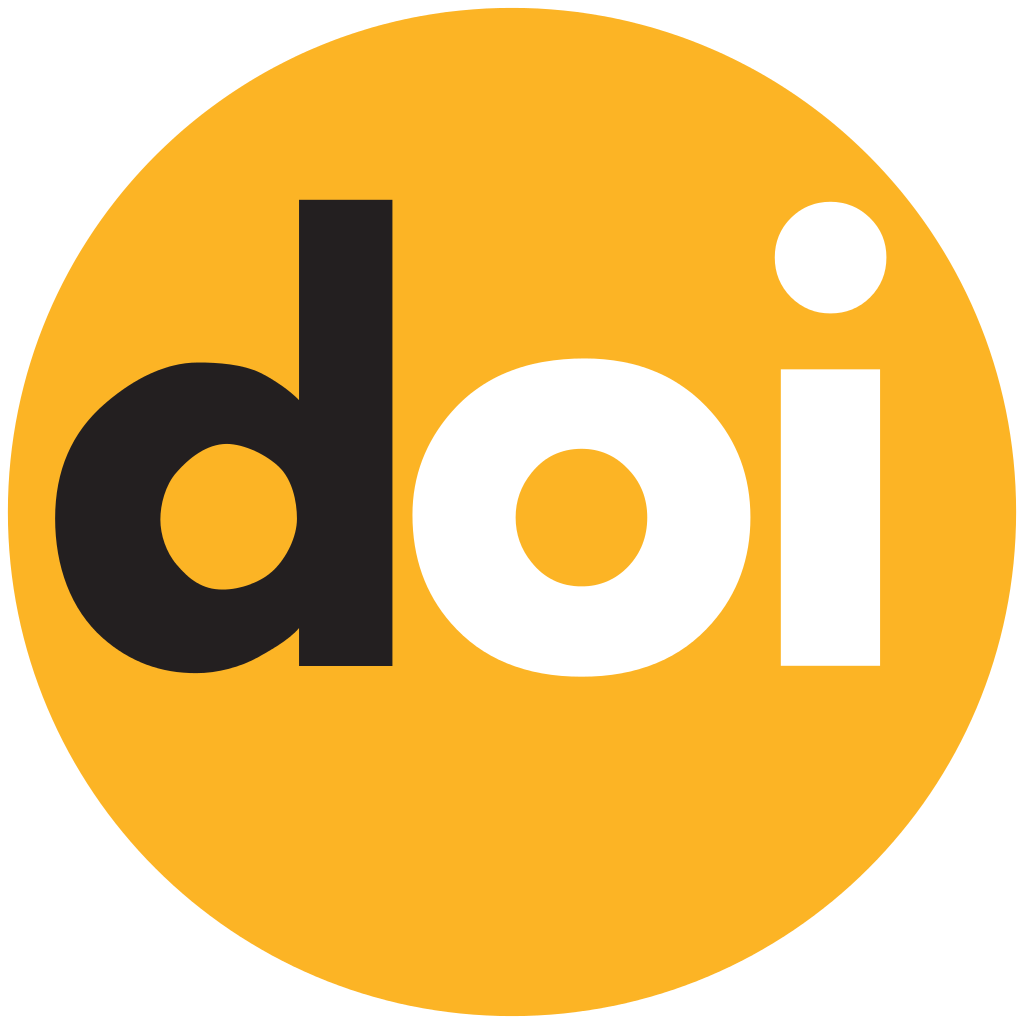Multi-Objective Uncertain Mathematical Programming for Urban Water Supply System
Abstract
Water supply management is very important in social development, ecosystem sustainability, and environmental management. For this purpose, this study presents a planning for city water supply management based on water security indicators in Rasht city in Guilan province to formulate and implement a water security policy using mathematical modeling. In this article, a dual-purpose model is used to manage water supply that can minimize the cost of water supply, water shortage and waste. Also, in the proposed model, the amount of water consumption in the urban area is considered uncertain according to the fuzzy approach. According to the results, evaluating the accuracy and validity of the model presented in the water supply system from different water resources shows that increasing the treatment capacity and water resources in the Guilan province can affect the treatment cost and reduce the shortage and wastewater. Regarding the parameters that have a positive effect on the amount of input water, it is required to consider appropriate systems to control the input water and manage such valuable resources. Eventually, forecasting the amount of shortage in the studied area during the next 100 years indicates a linear trend that the amount of shortage increases in an upward manner in each period due to the increased population and decreased amount of precipitation.
Keywords:
Water resource management, Optimization, Wastewater management, Water supply, System dynamicsReferences
- [1] Ghannem, S., Bergillos, R. J., Paredes-Arquiola, J., Martínez-Capel, F., & Andreu, J. (2023). Coupling hydrological, habitat and water supply indicators to improve the management of environmental flows. Science of The Total Environment, 898, 165640. https://doi.org/10.1016/j.scitotenv.2023.165640
- [2] Tian, Y., Li, C., Yi, Y., Wang, X., & Shu, A. (2020). Dynamic model of a sustainable water resources utilization system with coupled water quality and quantity in Tianjin city. Sustainability, 12(10), 4254. https://doi.org/10.3390/su12104254
- [3] Parween, S., & Sinha, R. C. (2023). Identification of indicators for developing an integrated study on urban water supply system, planning, and management. Journal of environmental engineering, 149(3), 4022095. https://doi.org/10.1061/JOEEDU.EEENG-7062
- [4] Nezami, N., Zarghami, M., Tizghadam, M., & Abbasi, M. (2022). A novel hybrid systemic modeling into sustainable dynamic urban water metabolism management: Case study. Sustainable cities and society, 85, 104065. https://doi.org/10.1016/j.scs.2022.104065
- [5] Demirel, D. F., Gönül-Sezer, E. D., & Pehlivan, S. A. (2022). Analyzing the wastewater treatment facility location network design problem via system dynamics: Antalya, Turkey case. Journal of environmental management, 320, 115814. https://doi.org/10.1016/j.jenvman.2022.115814
- [6] Shiu, H. Y., Lee, M., Lin, Z. E., & Chiueh, P. T. (2023). Dynamic life cycle assessment for water treatment implications. Science of the total environment, 860, 160224. https://doi.org/10.1016/j.scitotenv.2022.160224
- [7] de Melo, M. C., Formiga Johnsson, R. M., de Azevedo, J. P. S., de Oliveira Nascimento, N., Machado, F. L. V., Pacheco, F. A. L., & Fernandes, L. F. S. (2021). A raw water security risk model for urban supply based on failure mode analysis. Journal of hydrology, 593, 125843. https://doi.org/10.1016/j.jhydrol.2020.125843
- [8] Golpîra, H., & Tirkolaee, E. B. (2019). Stable maintenance tasks scheduling: A bi-objective robust optimization model. Computers & industrial engineering, 137, 106007. https://doi.org/10.1016/j.cie.2019.106007
- [9] Nepal, S., & Tran, L. T. (2019). Identifying trade-offs between socio-economic and environmental factors for bioenergy crop production: A case study from northern Kentucky. Renewable energy, 142, 272–283. https://doi.org/10.1016/j.renene.2019.04.110
- [10] Song, W., Liu, Y., Arowolo, A., Zhang, Y., & Xu, Q. (2019). Optimal water allocation scheme in integrated water-ecosystem-economy system. In River basin management (pp. 333–360). Springer Singapore. https://doi.org/10.1007/978-981-10-6949-9
- [11] Tian, J., Guo, S., Liu, D., Pan, Z., & Hong, X. (2019). A fair approach for multi-objective water resources allocation. Water resources management, 33(10), 3633–3653. https://doi.org/10.1007/s11269-019-02325-5
- [12] Xu, Z., Yao, L., & Chen, X. (2020). Urban water supply system optimization and planning: Bi-objective optimization and system dynamics methods. Computers & industrial engineering, 142, 106373. https://doi.org/10.1016/j.cie.2020.106373
- [13] Yu, Y., Zhao, R., Zhang, J., Yang, D., & Zhou, T. (2021). Multi-objective game theory optimization for balancing economic, social and ecological benefits in the Three Gorges Reservoir operation. Environmental research letters, 16(8), 85007. https://doi.org/10.1088/1748-9326/ac0b69
- [14] Deng, L., Guo, S., Yin, J., Zeng, Y., & Chen, K. (2022). Multi-objective optimization of water resources allocation in Han River basin (China) integrating efficiency, equity and sustainability. Scientific reports, 12(1), 798. https://doi.org/10.1038/s41598-021-04734-2
- [15] Gilani, H., Shobeiry, S., Biglari Kami, M., & Sahebi, H. (2023). A sustainable redesign model for the water-waste-water supply network: A water--energy nexus approach. Kybernetes, 52(5), 1842–1860. https://doi.org/10.1108/K-04-2021-0320
- [16] Xu, Z. (2023). Water-climate change extended nexus contribution to social welfare and environment-related sustainable development goals in China. Environmental science and pollution research, 30(14), 40654–40669. https://doi.org/10.1007/s11356-023-25145-y
- [17] Heydari Kushalshah, T., Daneshmand-Mehr, M., & Abolghasemian, M. (2023). Hybrid modelling for urban water supply system management based on a bi-objective mathematical model and system dynamics: A case study in Guilan province. Journal of industrial and systems engineering, 15(1), 260–279. https://dor.isc.ac/dor/20.1001.1.17358272.2023.15.1.12.4
- [18] Heydari Kushalshah, T., Daneshmand-Mehr, M., & Abolghasemian, M. (2024). Presenting a mathematical modeling and system dynamics for the supply chain of urban water security in Guilan province. Journal of water and soil conservation, 31(2), 1-31. https://doi.org/10.22069/jwsc.2024.21920.3694
- [19] Pirouz, B., & Khorram, E. (2016). A computational approach based on the $varepsilon$-constraint method in multi-objective optimization problems. Advanced applied statistics, 49(6), 453–483. https://www.researchgate.net/publication/311550947
- [20] Abolghasemian, M., Darabi, H., & others. (2018). Simulation based optimization of haulage system of an open-pit mine: Meta modeling approach. Organizational resources management researches, 8(2), 1–17. )In Persian). https://www.sid.ir/paper/373514/en
- [21] Abolghasemian, M., Ghane Kanafi, A., & Daneshmandmehr, M. (2020). A two-phase simulation-based optimization of hauling system in open-pit mine. Interdisciplinary journal of management studies (formerly known as iranian journal of management studies), 13(4), 705–732. https://doi.org/10.22059/ijms.2020.294809.673898
- [22] Abolghasemian, M., Kanafi, A. G., & Daneshmand-Mehr, M. (2022). Simulation-based multiobjective optimization of open-pit mine haulage system: A modified-NBI method and meta modeling approach. Complexity, 2022(1), 3540736. https://doi.org/10.1155/2022/3540736



